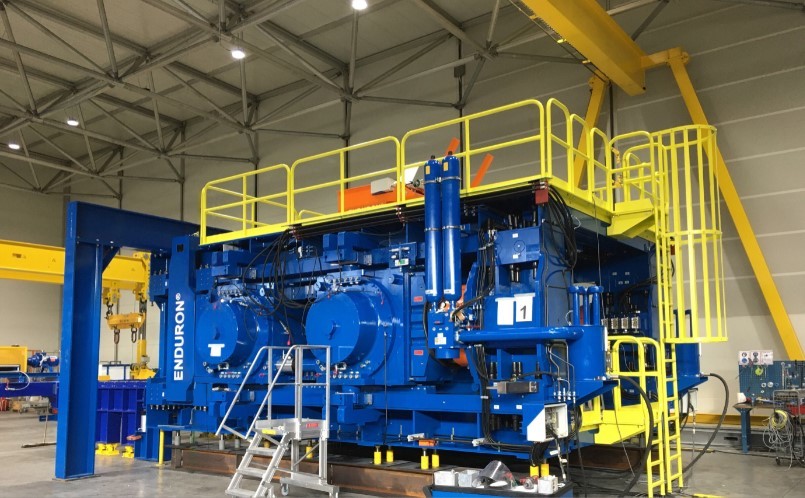News
New report identifies key solutions to reduce carbon footprint of global mining

According to a new report released in May, the global mining industry must abandon old systems and processes if it is to meet the challenge of decarbonization. This report calculates the mining industry's share of global energy consumption and identifies ways to facilitate the industry's transition to net zero emissions, essential to limit temperature rises in accordance with the Paris Agreement. The report, commissioned by Weir Group PLC, analyzes energy data from the mining sector from more than 40 studies, providing insight into the energy consumption of mining and mineral processing. It shows that the total amount of energy used by the mining industry - which plays a crucial role in providing the metals used at the heart of the modern economy - accounts for about 3.5% of global energy consumption. Metals produced by mining are critical to the global transition to low-carbon infrastructure. But if we do not act, the increased demand for metals, such as copper, nickel and zinc, is expected to lead to increased energy use by the mining industry in the coming years. The report says there are currently technologies that can curb this trend. In particular, he points out that fragmentation - that is, the crushing and grinding processes - is the most energy-intensive activity of mining sites: around 25% of the final energy consumption of mining operations. This corresponds to the energy used by 221 million UK households as well as 1% of total consumption worldwide. Fragmentation is therefore the main target of efforts to reduce energy consumption.
Small improvements in fragmentation technologies can lead to significant savings in energy consumption and greenhouse gas emissions. For example, a 5% increase in the energy efficiency of the fragmentation process could reduce greenhouse gas emissions by more than 30 Mt CO2 equivalent. Replacing traditional fragmentation equipment with new grinding technologies would reduce indirect emissions within the mining industry value chain, for example by eliminating the need to manufacture high-emission steel grinding balls. . The energy consumption of the remaining mining industry is distributed as follows: diesel in various forms of mobile equipment accounts for 46%, electricity in mines (ventilation) 15%, and "other uses of the industry". 'electricity' 14%. The report points to other possible solutions to reduce energy consumption in mining, such as optimization, big data and artificial intelligence. In addition, if mining equipment is equipped with zero-emission energy sources - for example renewables, energy storage and alternative fuels - the industry could achieve zero emissions. emissions, which would reduce the role of carbon offsets and credits. This report comes at a time when industry is under increasing pressure to produce essential minerals to support the world's most important structural trends, from population growth to urbanization and decarbonization. Copper, nickel, steel and lithium are key components of electricity transport and storage, electric vehicles and renewable energy infrastructure. The transition to a low-carbon economy will lead to an increase in the primary consumption of these products from mining, even when recycling is taken into account. It is therefore important that mining becomes more sustainable.
![]()
NUMBER OF COPIES / ISSUE
10 000
![]()
NUMBER OF READERS / ISSUE
30 000
![]()
NUMBER OF ISSUE / YEAR
6

OJD :
CERTIFIED PUBLICATION
BY ACPM
 9 BOULEVARD PIERRE MENDES FRANCE - 77600 BUSSY SAINT GEORGES - Tél. 01 60 94 22 20 - Fax. 01 64 77 51 82
9 BOULEVARD PIERRE MENDES FRANCE - 77600 BUSSY SAINT GEORGES - Tél. 01 60 94 22 20 - Fax. 01 64 77 51 82


